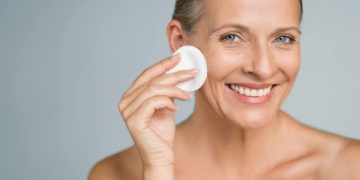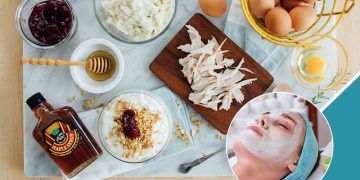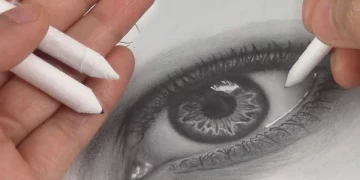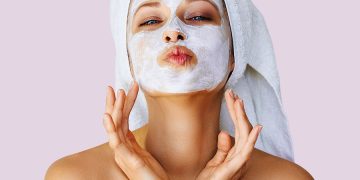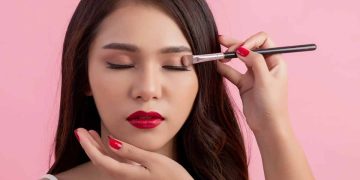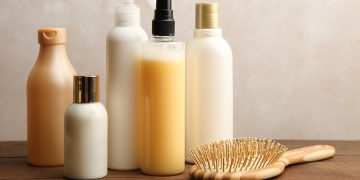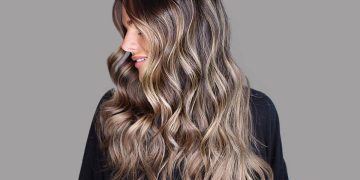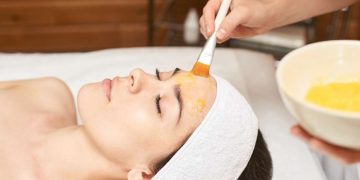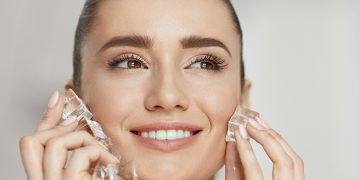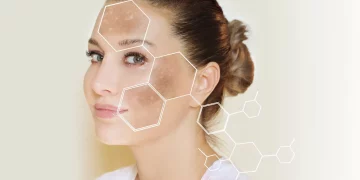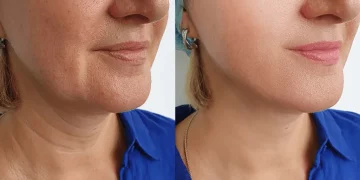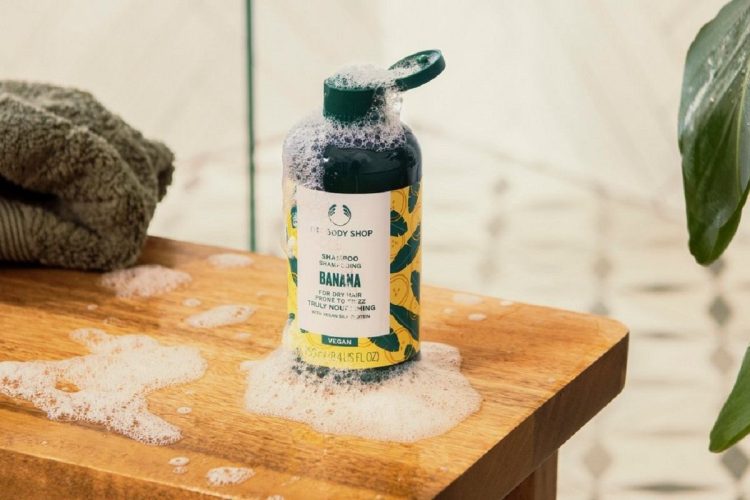Choosing the right shampoo can make all the difference in the health and appearance of your hair. With so many options available, it can be overwhelming to find a shampoo that best suits your unique hair type and needs. From moisturizing shampoos for dry hair to volumizing formulas for fine hair, understanding your hair’s specific texture, needs, and concerns is essential for selecting the best shampoo.
This comprehensive guide will help you navigate the process of choosing the ideal shampoo based on your hair type, texture, and individual requirements. Whether you have curly, straight, fine, thick, oily, or dry hair, we’ll break down the key factors to consider when picking the perfect shampoo.
Understanding Your Hair Type
Before selecting a shampoo, it’s important to understand your hair type and texture. Hair types can vary widely, and each type requires different care. Here are the primary factors that determine your hair type:
- Hair Texture: Hair texture refers to the thickness or diameter of your hair strands. Your hair can be fine, medium, or thick.
- Fine Hair: Thin hair strands with less volume. Fine hair tends to get oily quickly and may look limp.
- Medium Hair: Hair with a medium thickness that can hold volume but may not have the body of thick hair.
- Thick Hair: Coarse, dense hair that may require extra moisture and conditioning.
- Hair Pattern: This refers to the natural shape and structure of your hair.
- Straight Hair: Smooth and flat, straight hair can sometimes look greasy if it’s not properly cleaned.
- Wavy Hair: Has a slight curl, offering more volume but also prone to frizz.
- Curly Hair: Tight coils that can be prone to dryness and frizz but offer natural volume and bounce.
- Coily or Kinky Hair: Tight curls with a distinct zigzag pattern, often needing heavy moisture and gentle handling.
- Scalp Type: Your scalp plays a huge role in the type of shampoo you should use.
- Oily Scalp: If you produce excess sebum, you need a clarifying or volumizing shampoo.
- Dry Scalp: For a dry scalp, choose a moisturizing shampoo that hydrates both your scalp and hair.
- Sensitive Scalp: If your scalp is prone to irritation, look for a shampoo designed for sensitive skin, usually free of harsh chemicals and fragrances.
Step 1: Identify Your Hair Concerns
Once you’ve identified your hair type, it’s important to understand any specific hair concerns you may have. These concerns will guide you in selecting the right shampoo to address your individual needs. Here are some common hair concerns and which shampoos are best suited to address them:
1. Dry or Damaged Hair
Dry hair often lacks moisture, making it appear dull, brittle, and prone to breakage. If you have dry or damaged hair, you’ll want a moisturizing shampoo that replenishes hydration and restores shine. Look for shampoos containing ingredients like shea butter, argan oil, or coconut oil to deeply hydrate the hair.
Key Ingredients to Look For:
- Argan oil
- Shea butter
- Coconut oil
- Glycerin
- Panthenol (Pro-Vitamin B5)
These ingredients help lock in moisture, repair hair cuticles, and prevent further damage.
2. Oily Hair or Oily Scalp
If your scalp produces excess oil, you may notice that your hair looks greasy shortly after washing. For oily hair, opt for a clarifying or balancing shampoo. These formulas are designed to remove excess oil and residue without over-drying your hair. Look for shampoos containing ingredients like tea tree oil, salicylic acid, or charcoal, which help purify the scalp and remove buildup.
Key Ingredients to Look For:
- Tea tree oil
- Charcoal
- Salicylic acid
- Lemon extract
Clarifying shampoos are particularly useful for oily hair but should not be used too frequently, as they can strip the scalp of natural oils if overused.
3. Frizzy or Unruly Hair
If you struggle with frizzy hair, a smoothing shampoo can help tame flyaways and promote a sleek, shiny finish. Look for shampoos that contain smoothing agents such as silicone, keratin, or mango butter, which coat the hair strands and smooth the cuticle.
Key Ingredients to Look For:
- Keratin
- Silicone (Dimethicone, Cyclopentasiloxane)
- Mango butter
- Argan oil
These ingredients help seal moisture into the hair and prevent frizz, making your hair easier to manage.
4. Color-Treated Hair
Color-treated hair requires special care to maintain vibrancy and prevent damage. Shampoos designed for color-treated hair often contain nourishing ingredients to protect color and reduce fading. Look for sulfate-free shampoos, as sulfates can strip hair of its color and moisture. Additionally, shampoos with UV protection or antioxidants can help maintain the vibrancy of color-treated hair.
Key Ingredients to Look For:
- Sulfate-free formula
- UV protectants
- Antioxidants (vitamins C and E)
- Hydrolyzed silk protein
5. Thin or Fine Hair
Fine or thin hair often lacks volume and body. To boost volume and thickness, choose a shampoo that adds lift and texture without weighing the hair down. Look for shampoos that contain volumizing agents like hydrolyzed wheat protein or panthenol, which add body and fullness to the hair.
Key Ingredients to Look For:
- Hydrolyzed wheat protein
- Panthenol
- Sea kelp
- Biotin
These ingredients help strengthen and add volume to fine hair, making it look fuller and more voluminous.
6. Curly or Textured Hair
Curly or textured hair can be prone to dryness, tangles, and frizz. For curls, it’s essential to use a moisturizing shampoo that promotes curl definition and prevents frizz. Look for shampoos containing glycerin, shea butter, or jojoba oil to provide moisture and enhance curl definition.
Key Ingredients to Look For:
- Shea butter
- Glycerin
- Jojoba oil
- Aloe vera
These ingredients will help define curls, control frizz, and provide moisture to keep your curls soft and manageable.
7. Sensitive Scalp
If you have a sensitive scalp, choosing a shampoo with gentle, natural ingredients is crucial to avoid irritation. Look for hypoallergenic, sulfate-free, and fragrance-free shampoos that contain soothing ingredients like chamomile or aloe vera.
Key Ingredients to Look For:
- Aloe vera
- Chamomile
- Calendula
- Hypoallergenic formulations
These ingredients soothe the scalp, reduce inflammation, and minimize the risk of irritation, making them ideal for those with sensitive skin.

Step 2: Choose Between Shampoo Formulations
Once you’ve identified your hair type and concerns, you can further narrow down your options by considering the formulation of the shampoo. Shampoos come in various formulations, each with different benefits depending on the ingredients they contain.
1. Sulfate-Free Shampoos
Sulfates are harsh detergents found in many shampoos that help create a lather, but they can also strip the hair of its natural oils. Sulfate-free shampoos are gentler on the hair and are a great option for dry, color-treated, or sensitive hair. These shampoos clean the hair without removing too much moisture, making them ideal for maintaining healthy hair.
Best For:
- Dry hair
- Color-treated hair
- Sensitive scalp
2. Volumizing Shampoos
Volumizing shampoos contain ingredients that help add body to fine or limp hair. These formulas often feature lightweight ingredients that don’t weigh down the hair, allowing for increased lift and fullness.
Best For:
- Fine or thin hair
- Flat, limp hair
3. Moisturizing Shampoos
Moisturizing shampoos are formulated to hydrate dry, damaged hair. These shampoos contain emollients that help retain moisture, preventing dryness and improving hair texture.
Best For:
- Dry or damaged hair
- Curly hair
- Frizzy hair
4. Clarifying Shampoos
Clarifying shampoos are designed to remove product buildup, oils, and impurities from the scalp and hair. While they can be helpful for oily hair or those who use a lot of styling products, they should be used sparingly to avoid stripping the hair.
Best For:
- Oily hair
- Product buildup
- Swimmers
5. Shampoos for Color-Treated Hair
Shampoos formulated for color-treated hair are specifically designed to preserve the vibrancy and integrity of dyed hair. These shampoos are typically sulfate-free and contain ingredients that help protect the color while keeping hair hydrated and healthy.
Best For:
- Color-treated hair
- Hair exposed to UV damage
Step 3: Additional Factors to Consider
When selecting a shampoo, there are other factors you should consider:
- Fragrance: If you have a sensitive scalp or skin, consider fragrance-free or hypoallergenic shampoos to avoid irritation.
- Ingredients: Opt for shampoos with natural, organic ingredients if you’re looking for a cleaner, more eco-friendly option.
- Price and Brand: Choose shampoos from reputable brands known for quality ingredients. You don’t always have to choose the most expensive option, but it’s worth investing in a shampoo that’s designed for your hair’s specific needs.
Conclusion
Selecting the best shampoo for your hair type involves understanding your hair’s texture, concerns, and specific needs. Whether you have dry, oily, curly
, fine, or color-treated hair, there is a perfect shampoo formulation that can help you achieve your hair goals. By choosing a shampoo that addresses your unique hair concerns, you can ensure your hair stays healthy, vibrant, and beautiful.



